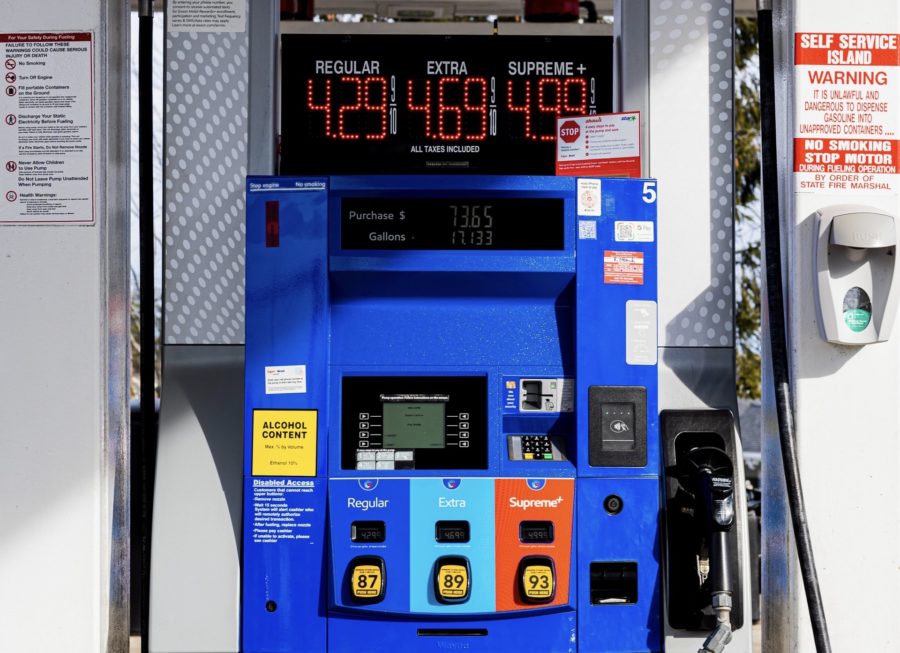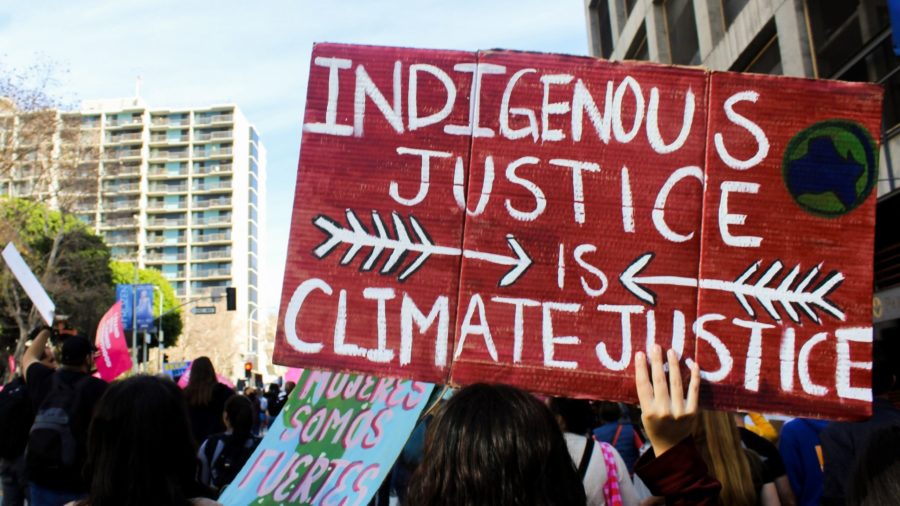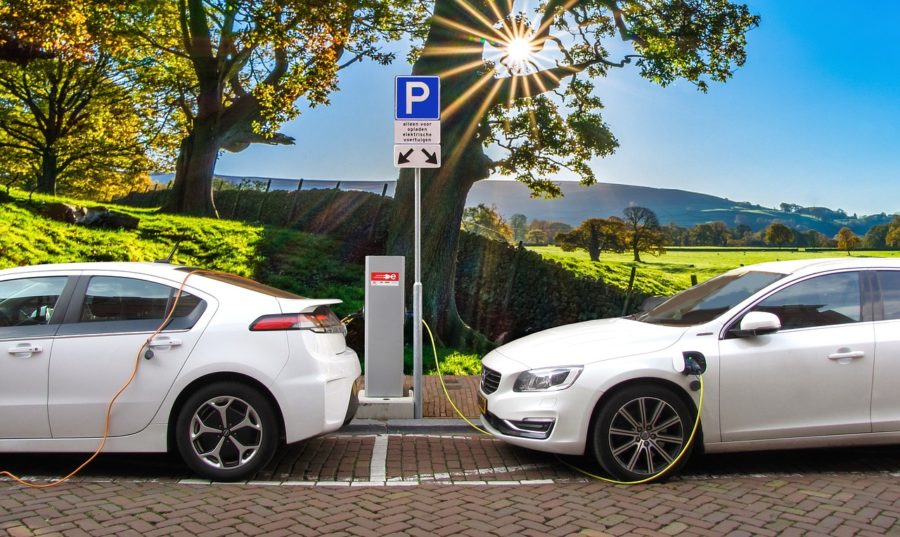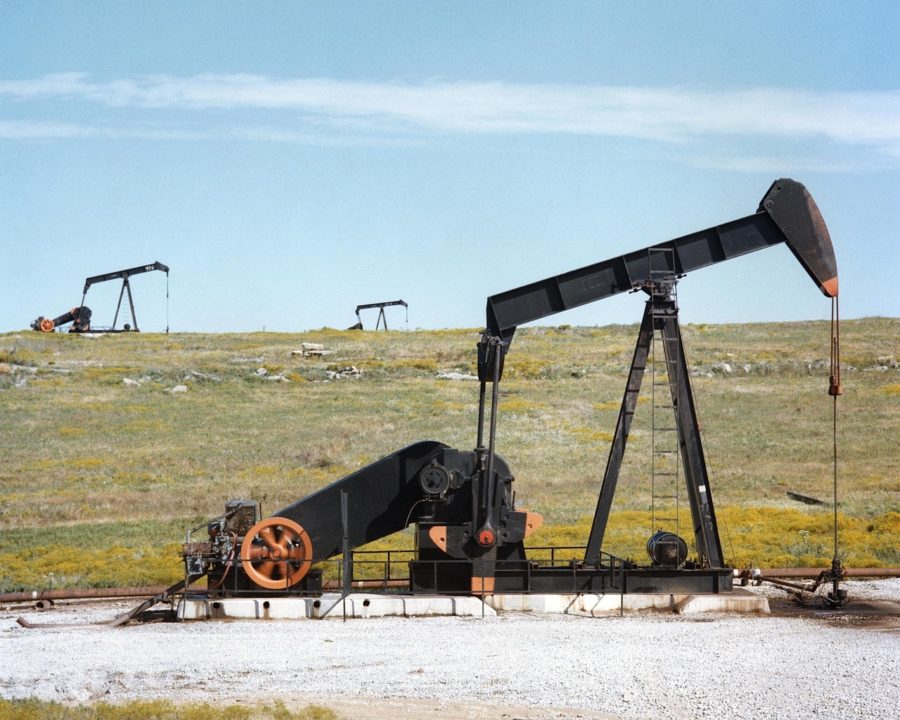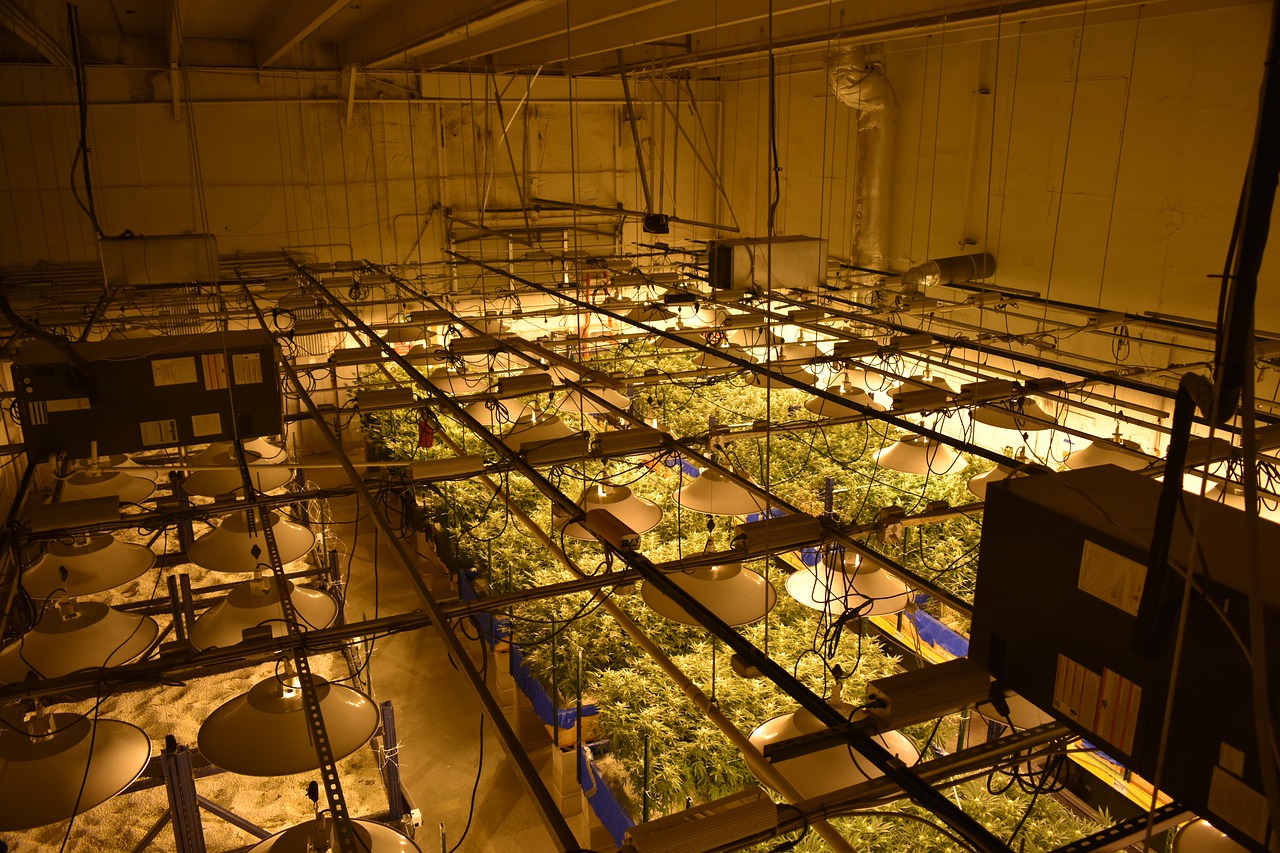On February 24, 2022, years of political tension, propaganda, annexation, rebellion, and the imperialism of Vladimir Putin’s Russia erupted into the mass invasion of a sovereign European country.[1] The likes of which had not been seen since the start of World War II over three-quarters of a century ago. The Russian Federation’s invasion of Ukraine sent shockwaves throughout Europe that reverberated across the globe. From local and national politics to Starbucks and McDonalds, few areas of geopolitics and global economics failed to suffer repercussions. This is no less true than for the global energy market.
Immediately following the invasion, global energy markets nosedived, oil prices skyrocketed, and the Russian energy market nearly crumbled.[2] President Biden and fellow global leaders prevented a complete collapse of global markets by announcing the United States and other nations were considering a combined release of oil from strategic reserves.[3]

